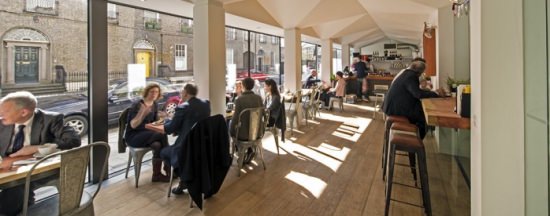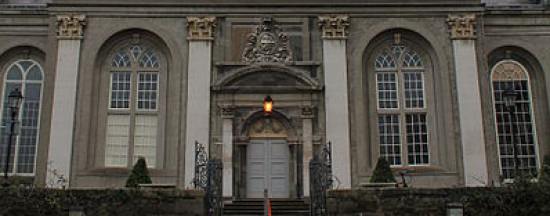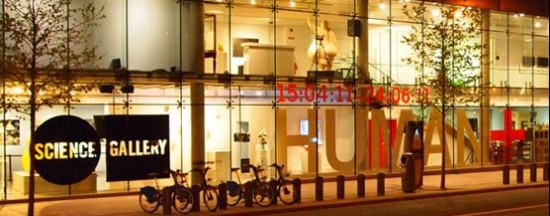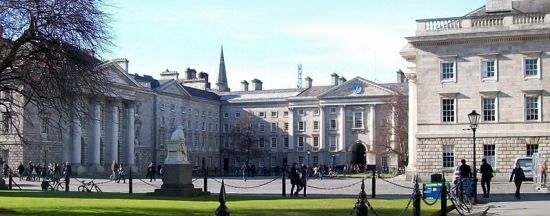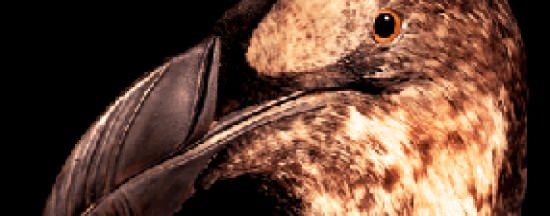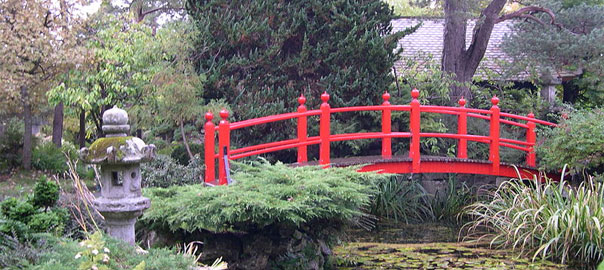The Royal Hibernian Academy is an artist based and artist orientated institution dedicated to developing the public’s appreciation and understanding of traditional and innovative approaches to the visual arts. The Academy achieves its objectives through its exhibition, education and collection programmes.
The Academy has five galleries. Three on the first floor are dedicated to curated exhibitions of Irish and international art: The main gallery space comes to some 6000 sq.ft. The other two galleries have 1500 sq.ft each.
The Ashford Gallery is situated on the ground floor (1100 sq.ft.) and provides a service to artists who do not have commercial representation in Dublin. It is designed to introduce artists to the collecting public and prove their commercial viability.
The Dr Tony Ryan Gallery is also on the ground floor and is dedicated to showing private and public collections, including from time to time selections from the RHA Collection.
The RHA originated when artists from the Society of Artists in Ireland petitioned the Viceroy in the late 1700s for the opportunity to exhibit their works annually. A Royal Charter was finally granted in 1821, and the deeds were received in 1823, giving the Academy independence from all other institutions.
The RHA is made up of 30 Members, 15 Senior Members and 10 Associate Members, all of whom are professional artists. The disciplines of Architecture, Painting, Sculpture and Print (including Photography) are all represented by the Academy’s broad national membership.
In 1825 Francis Johnson, the esteemed Georgian architect, endowed the Academy with a house and Exhibition Gallery in Lower Abbey Street, which was subsequently destroyed by fire during the Easter Rising of 1916. The Academy was without a permanent premises until 1939, when it acquired the house and garden of 15 Ely Place.
In 1970 Matthew Gallagher of the Gallagher Group offered to provide the RHA with a complete gallery on the site at Ely Place. The new gallery was finally opened to the public in 1985 for the 156th Annual Exhibition, the first the RHA had held on its own premises for 69 years.
Opening Hours:
Closed Mon
Tues to Sat: 11am – 5pm, open until 6.30pm on Wednesdays
Sunday: 12pm – 5pm
See what’s on here.
Contact & Pricing:
rhagallery.ie
[email protected]
Tel: 01 661 2558
Gallagher Gallery, 15 Ely Place, Dublin 2
Admission free
